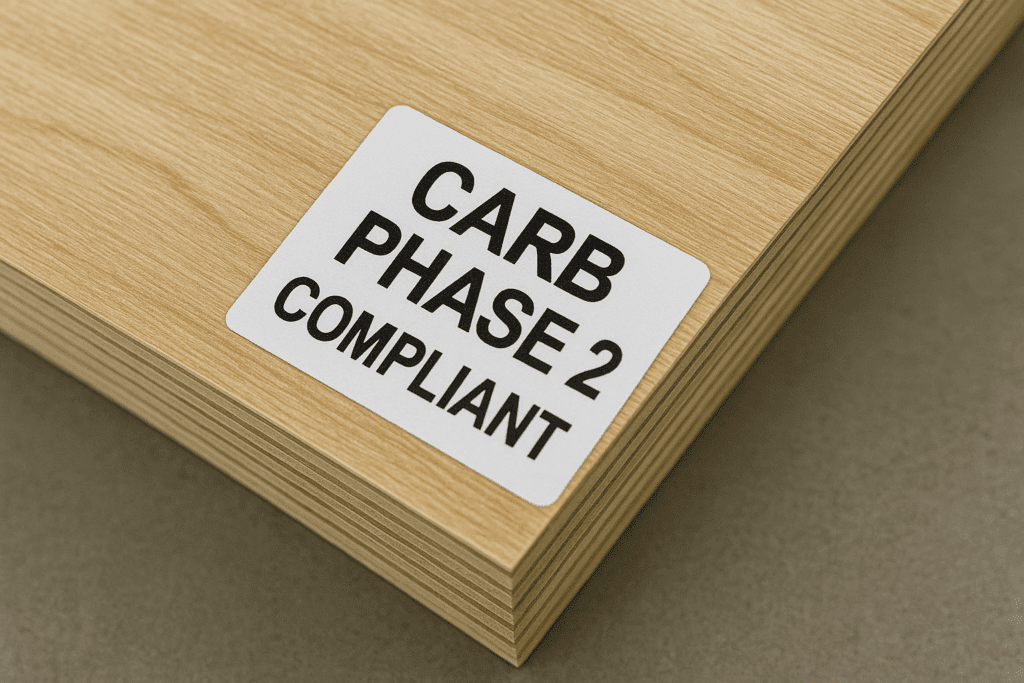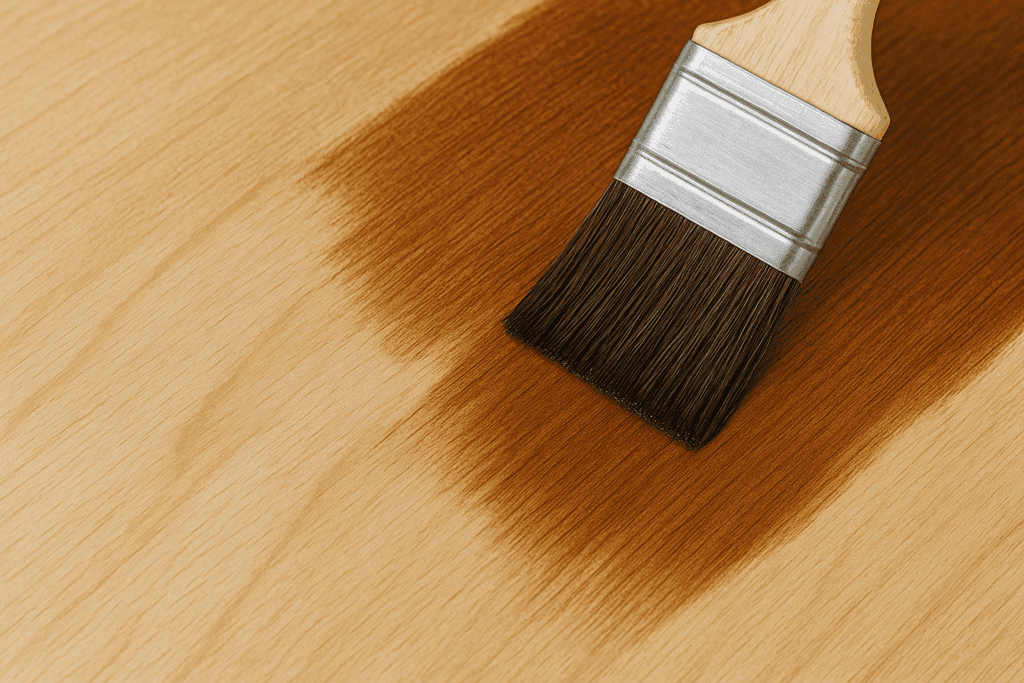Plywood is everywhere in woodworking and construction, but not all plywood is created equal. If you’re searching for consistently high-quality panels that meet industry-verified performance standards, HPVA plywood should be on your radar. Whether you’re building custom cabinetry or durable furniture, certification offers peace of mind that the product meets exacting benchmarks.
In this guide, we’ll cover:
- What is HPVA plywood?
- What does HPVA certification mean
- Applications where HPVA plywood excels
- Grades, species, and core options
- How to identify genuine HPVA-certified plywood
- Where to buy it
- Amazon-recommended tools and finishes
- Expert woodworking tips
📌 What Is HPVA Plywood?
HPVA stands for the Hardwood Plywood & Veneer Association, now part of the APA—The Engineered Wood Association. HPVA-certified plywood meets a set of technical and performance standards, particularly for decorative hardwood used in interiors.
Must comply with ANSI/HPVA HP-1 standards, which regulate:
- Face veneer quality
- Core construction and bonding
- Dimensional tolerances
- Moisture resistance
- Formaldehyde emissions (CARB and TSCA Title VI compliant)
🔍 Why HPVA Certification Matters
For woodworkers, builders, and manufacturers, certification helps guarantee uniformity, quality, and safety. Here’s why that’s a big deal:
- Better appearance: Fewer defects in face veneers, ideal for fine cabinetry or paneling.
- Reliable cores: Consistent construction means less warping or delamination.
- Healthier indoor air: HPVA-certified panels meet low-emission standards.
- Trusted sourcing: Many certified products use responsibly harvested wood.
🪚 Common Applications for HPVA Plywood
It is perfect for interior applications where appearance and consistency are key:
- Kitchen cabinets
- Bathroom vanities
- Furniture panels
- Architectural wall paneling
- Shelving and storage units
- Drawer sides and bottoms
- RV and tiny home interiors
🌳 Veneer Species Available
HPVA-certified plywood is available in a wide range of hardwood veneer faces, including:
Each species has its own grain character and color tone, giving you plenty of creative flexibility.
🧱 Core Construction Types
Not all plywood cores are created equal. HPVA panels can use different core materials based on the intended application:
| Core Type | Best For | Notes |
|---|---|---|
| Veneer Core | Cabinet boxes, shelving | Lightweight, strong |
| MDF Core | Paint-grade projects, smooth surfaces | Heavier but very flat |
| Particleboard Core | Cost-effective cabinets | Less durable, lower cost |
| Combination Core | Furniture panels | Hybrid of strength and smoothness |
🔍 How to Identify HPVA-Certified Plywood
True HPVA-certified plywood should include a stamp or label indicating compliance with ANSI/HPVA HP-1 standards. If you’re unsure, ask your supplier or check for:
- Manufacturer’s APA grade stamp
- Emission compliance (CARB, TSCA)
- Print the HPVA logo or mention on the edge band or label
🛠️ Amazon Affiliate Product Tip:
📦 Digital Caliper for Measuring Thickness
Ensure your plywood meets specified tolerances with precision.
🧪 Formaldehyde & Indoor Air Quality
Indoor air safety is a growing concern, and HPVA plywood helps address this. Most panels are certified CARB Phase 2 and TSCA Title VI compliant, meaning they emit very low levels of formaldehyde.
If you’re concerned about off-gassing, opt for:
- NAUF (No Added Urea Formaldehyde) panels
- FSC-certified plywood for sustainability

🛒 Where to Buy HPVA-Certified Plywood
Here’s where you can find genuine:
- Local specialty hardwood dealers
- Cabinet supply stores
- Big-box retailers (Lowe’s, Home Depot – look for APA or HPVA marks)
- Online marketplaces like Woodcraft or Rockler
📦 Amazon Picks
🪵 Wood Finishes and Tools That Work Best with HPVA Plywood
Because of its high veneer quality, HPVA plywood finishes beautifully. Here’s what works well:
🔨 Recommended Finishing Tools
🛠️ DEWALT Orbital Sander, 5-Inch
Great for prepping the veneer face before staining.
🛢️ General Finishes Oil-Based Gel Stain
Delivers a rich, even tone without blotching.
🖌️ Minwax Polycrylic Protective Finish
Water-based topcoat that protects without yellowing.

🧰 Pro Tips for Working with HPVA Plywood
- Always cut with a sharp, fine-tooth blade to avoid splintering the veneer.
- Use painter’s tape along cut lines to reduce tear-out.
- Sand lightly with 220-grit before finishing—veneers are thin and can be damaged.
- If using edge banding, match species for a seamless look.
- Store flat and in a dry location to avoid bowing or delamination.
HPVA Plywood vs. Other Types: How It Stands Out
When deciding between HPVA plywood and other common types, such as CDX, marine-grade, or non-certified hardwood panels, it helps to understand the distinctions in both quality and use case. While CDX plywood is great for rough construction and subflooring due to its durability and low cost, it’s not designed for visible surfaces or fine woodworking. On the other hand, it is specifically engineered for aesthetic and functional performance in interior settings.
What truly sets such plywood apart is the independently verified quality assurance that comes with ANSI/HPVA HP-1 certification. This means every certified panel meets strict requirements for veneer grade, core uniformity, glue bond strength, thickness tolerance, and surface finish. For anyone building furniture or cabinetry that must meet customer expectations, or simply last for decades, provides consistency that generic panels can’t guarantee.
Unlike marine plywood, which is built for water resistance and outdoor applications, HPVA plywood is ideal for indoor environments where appearance, flatness, and environmental safety are prioritized. It often features formaldehyde-compliant glue systems, making it a healthier choice for homes, schools, and offices, especially when children or allergy-sensitive individuals are present.
In terms of pricing, It tends to sit in the mid-to-high range compared to alternatives. However, the investment is usually offset by the ease of finishing, better veneer matching, and long-term durability. If you’re working on a project where aesthetics and reliability are non-negotiable, such as custom-built-ins, high-end shelving, or showroom displays, HPVA plywood delivers on every front.
Ultimately, while budget panels might get you through a weekend project, HPVA plywood is a professional-grade material designed to raise the standard. It not only simplifies your workflow with fewer defects and better bonding, but it also ensures the final product reflects craftsmanship and care.
✅ Pros and Cons of HPVA Plywood
| Pros | Cons |
|---|---|
| High-quality veneer appearance | Slightly more expensive than non-certified plywood |
| Reliable standards for thickness and bonding | Not ideal for exterior use |
| Emission-certified and healthier indoors | Limited availability locally in some regions |
| Ideal for staining and finishing | Veneer faces are thin—care needed when sanding |
🧾 Summary: Why HPVA Plywood Is Worth It
HPVA plywood is a go-to option for serious woodworkers, cabinetmakers, and anyone who wants dependable results with a beautiful surface. Its certification ensures the panel you’re using meets the strictest quality and environmental standards in the industry.
When buying, always verify the HPVA/ANSI HP-1 stamp and pair it with quality tools and finishes to make the most of your investment.
🧭 Next Steps
✅ Bookmark this guide for your next project
✅ Check out our Plywood Grades comparison
✅ Browse Amazon woodworking essentials
✅ See how HPVA plywood compares to ApplePly




